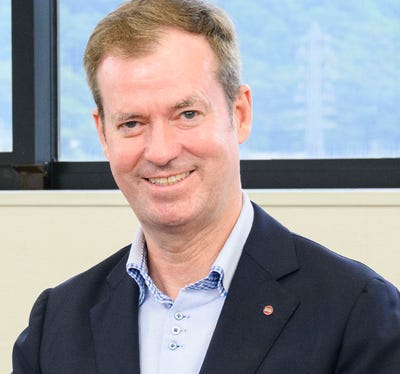Machine Learning Set to Propel Fiber Placement to Next Level
Germany’s Fraunhofer IGCV has relocated its automated composite fabrication equipment to a new AI research hall at Augsburg University to accelerate R&D efforts.
October 30, 2023
The Fraunhofer Institute for Casting, Composite, and Processing Technology IGCV’s Samba Pro Prepreg system has found a new home in Hall 43. This is the new artificial intelligence (AI) research hall of Germany’s Augsburg University, which was inaugurated in June 2023. The production system is now up and running and is being used to investigate innovative machine learning approaches. It is also available for interested companies to explore and evaluate the feasibility of parts in Fiber Patch Placement (FPP) design in collaboration with Fraunhofer IGCV.
In 2020, Fraunhofer IGCV took a Samba Pro Prepreg production system from Cevotec into operation at the Fiber Placement Center in Meitingen, Germany. However, with the unveiling of the Augsburg AI Production Network, an alliance of partners including Fraunhofer IGCV, the decision was made to relocate the Samba Pro system to the research hall of Augsburg University. The aim of the production network is to conduct joint research into AI-based production technologies at the interface between materials, manufacturing technologies, data-based modeling, and digital business models.
Freedom in automated fiber placement
Fiber Patch Placement, as shown in the video, is the additive manufacturing technology for the automated production of geometrically complex fiber composites. It enables a new degree of freedom in automated fiber placement and is compatible with many materials, such as different carbon-fiber prepreg systems, glass-fiber prepregs, adhesive prepregs, and dry fibers. Defined patches are automatically cut from a tape and precisely placed by two robots and a flexible patch gripper. The size is adjusted to the dimensions and complexity of the component. Because the process is implemented as a series of individually controlled patch placements, FPP technology enables a superior level of process control for the entire laminate lay-up cycle.
 Fiber Patch Placement is the additive manufacturing technology that enables a new degree of freedom in automated fiber placement.
Fiber Patch Placement is the additive manufacturing technology that enables a new degree of freedom in automated fiber placement.
“The commissioning of the FPP system in Hall 43 provides us with excellent conditions to drive forward research in the areas of digitalization and AI in composite manufacturing,” said Dr. Renato Bezerra, research associate and project lead from the institute. “Both the environment and existing AI production network consortium are ideal for exploring such approaches. We hope to transfer approaches successfully tested at the FPP system to other manufacturing technologies, as well,” said Bezerra.
Laser cutting unit supports flexibility
The Cevotec Samba system features a laser cutting unit to ensure maximum flexibility in terms of geometry and patch edges. The entire material feed is temperature-controlled, so that the pre-impregnated materials can be processed in a controlled environment. The robots in the system are the proven pair of a TP80 pick-and-place unit and TX200 tool manipulator from Stäubli. “This configuration enables a high lay-up frequency combined with a very high positioning accuracy, allowing for a fully automated lay-up of complex geometries of medium to small dimensions,” explained Dr. Dimitrios Sikoutris, expert, composites and FPP technology, at Cevotec.
“We look forward to further developing the FPP technology with Fraunhofer IGCV and to opening up new fields of application,” said Thorsten Groene, CEO and co-founder of Cevotec. “The production system serves interested companies from various sectors for active technology and application development, together with the researchers of the Fraunhofer Institute.”
Bezerra commented that “in addition to research focusing on AI and digitization, interested partners can use the Samba system to investigate and evaluate the feasibility of components in FPP design and develop components for transfer to series production.”
About the Author(s)
You May Also Like




